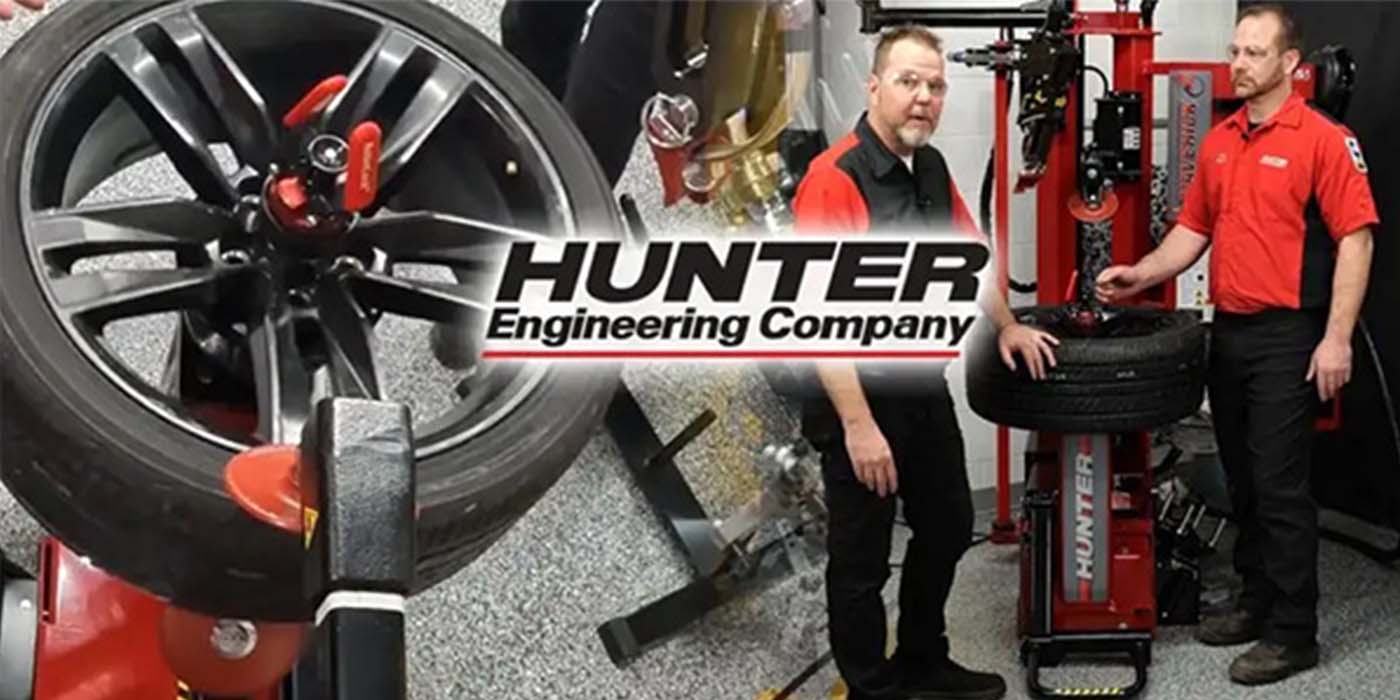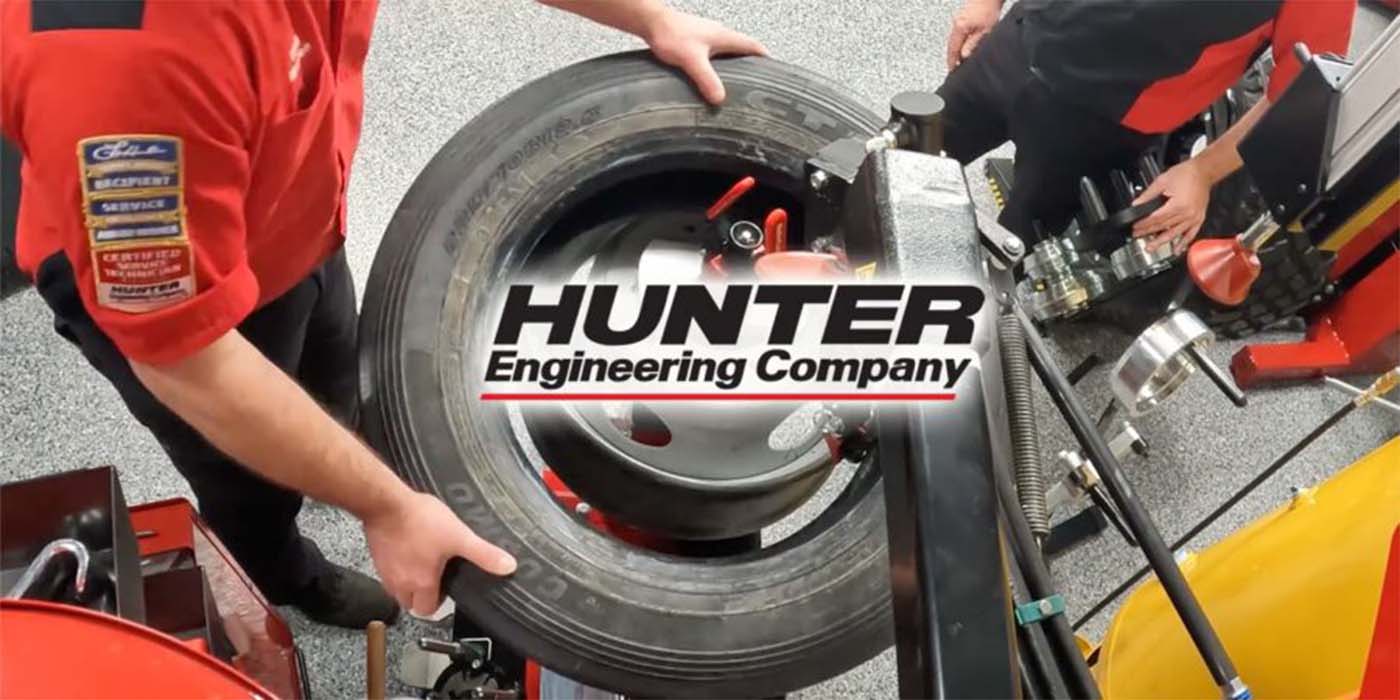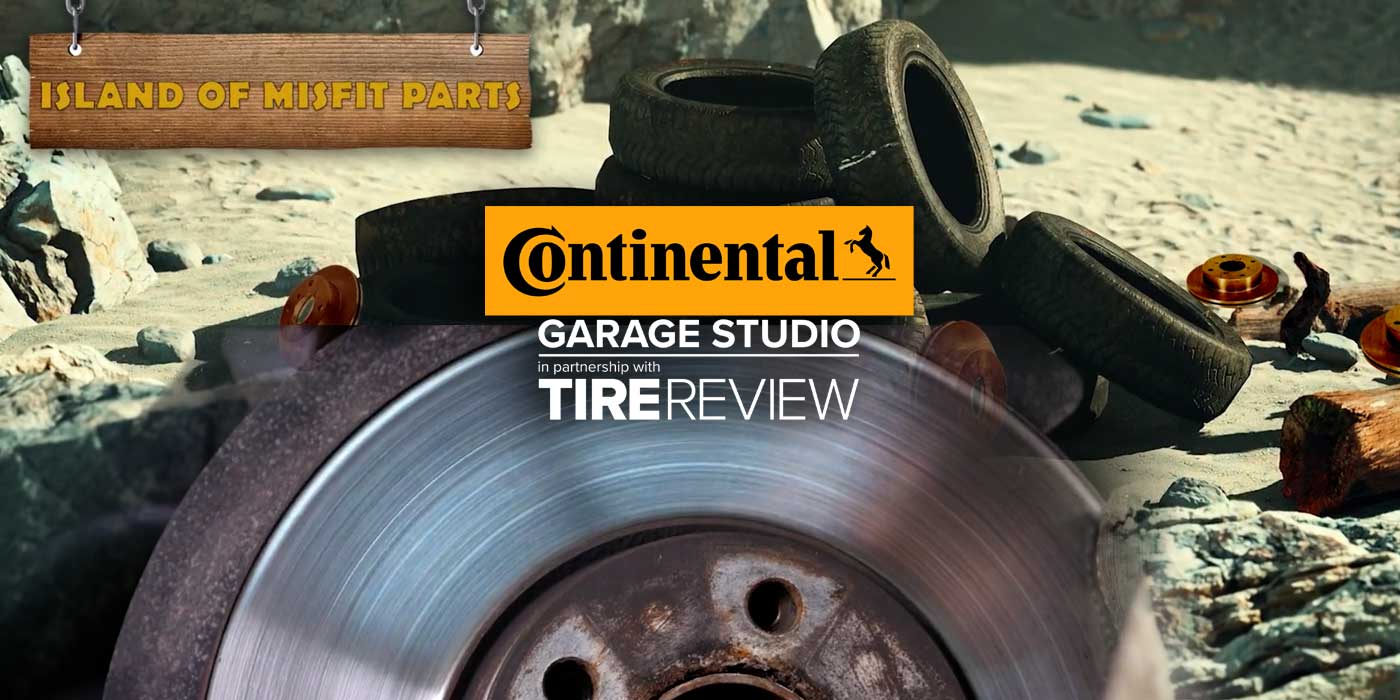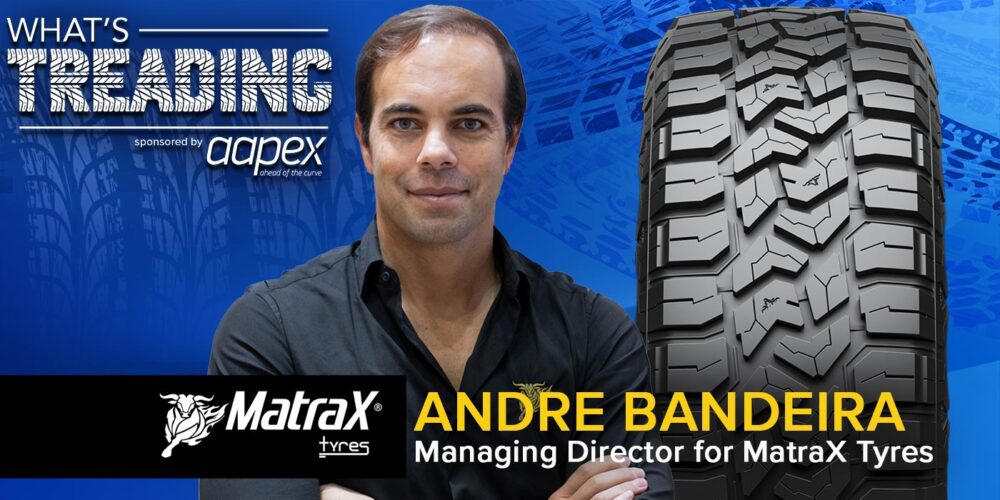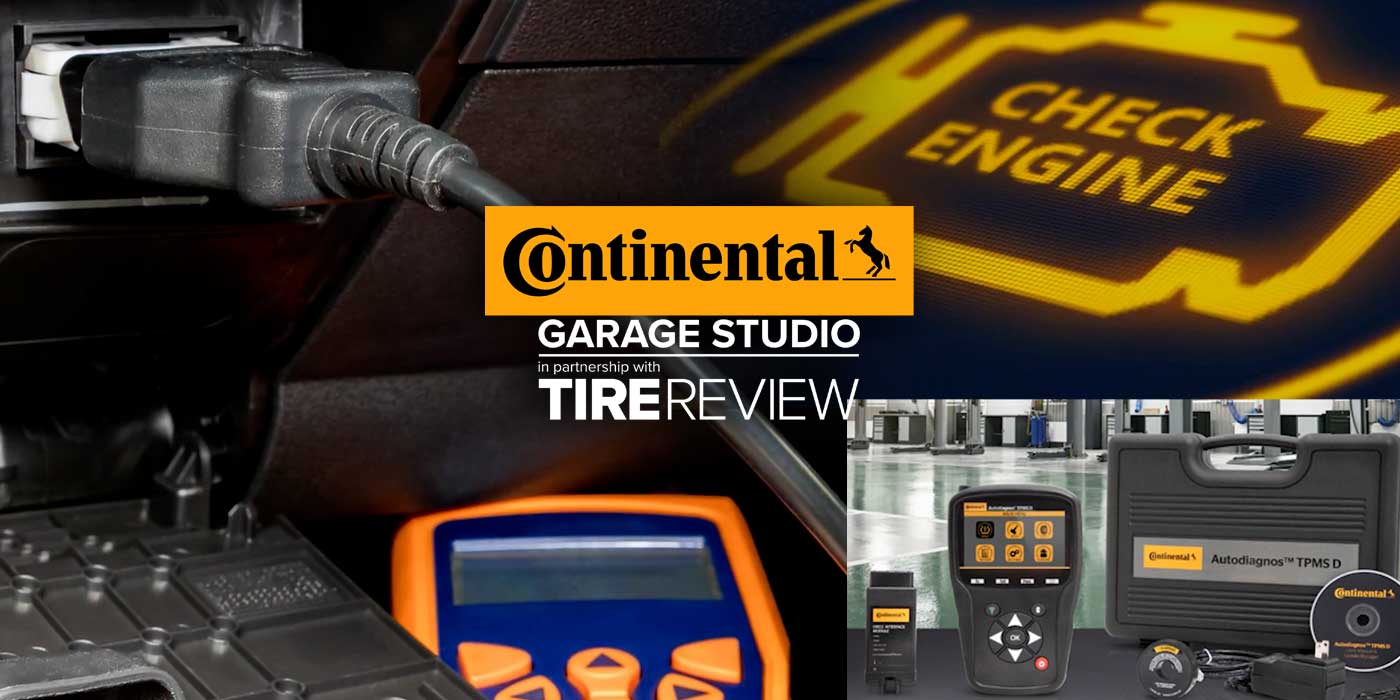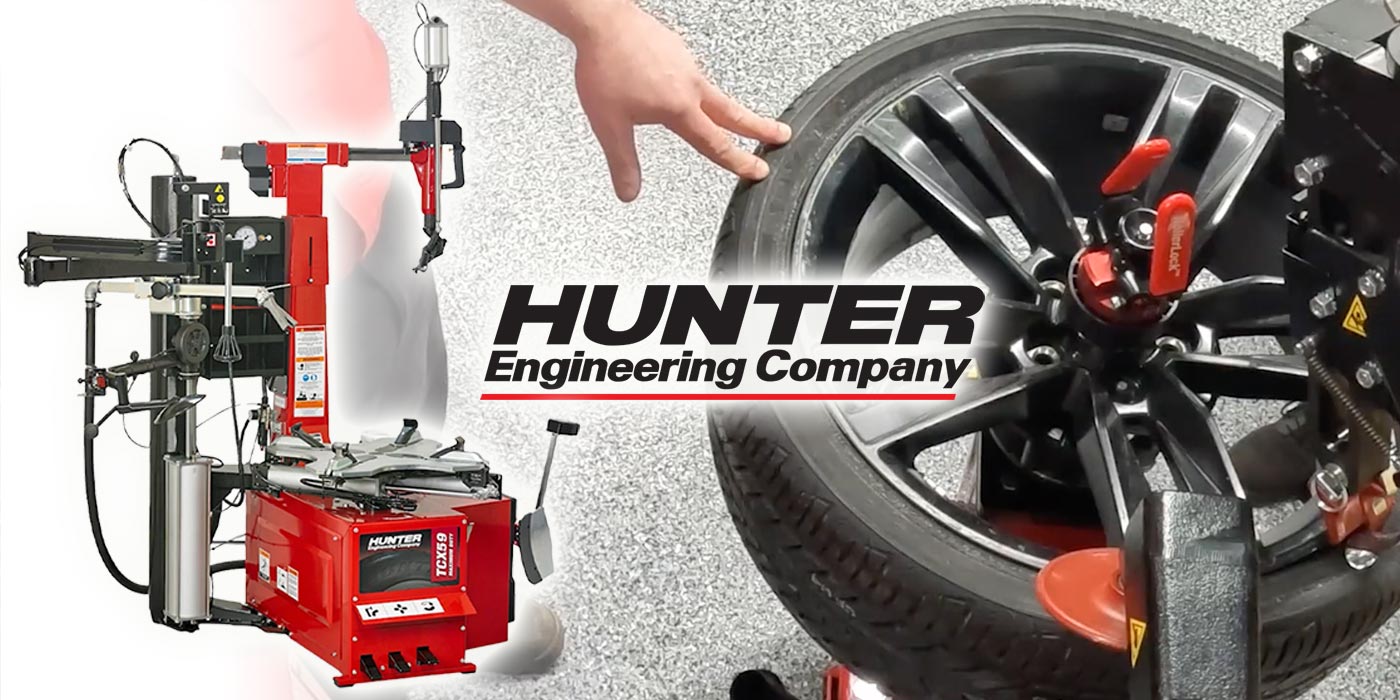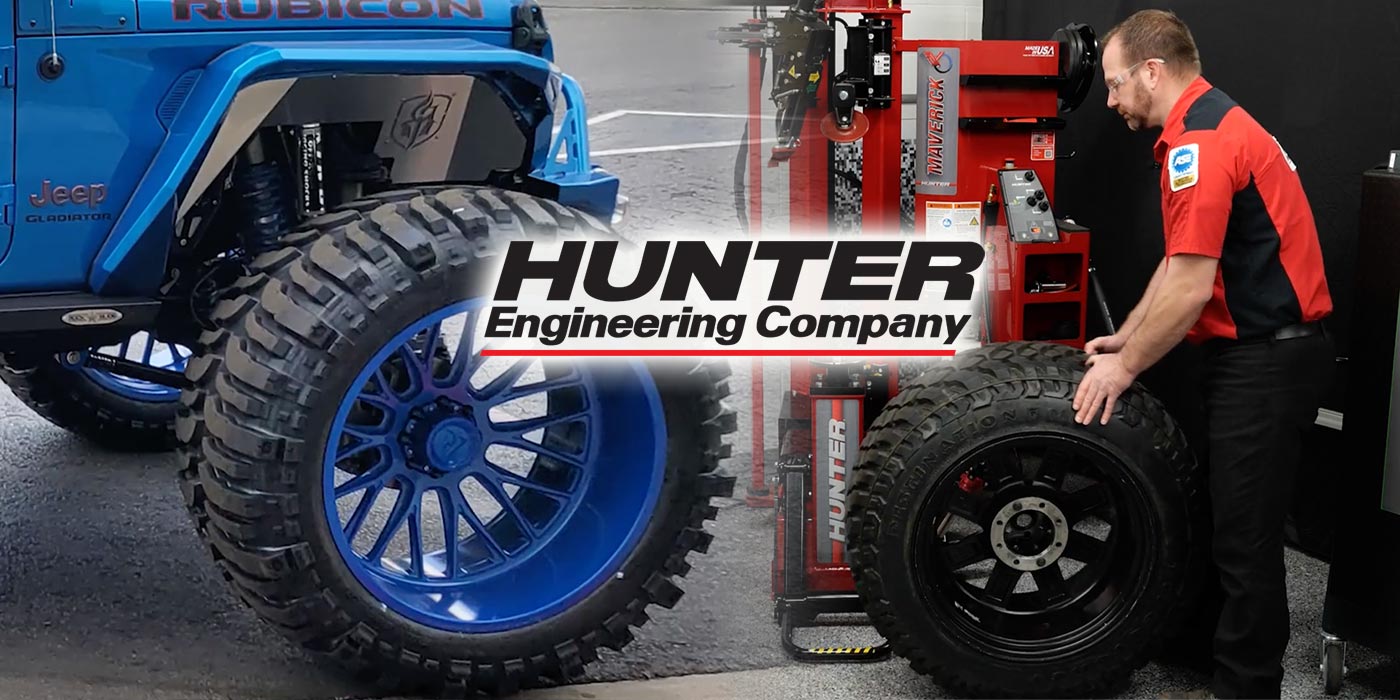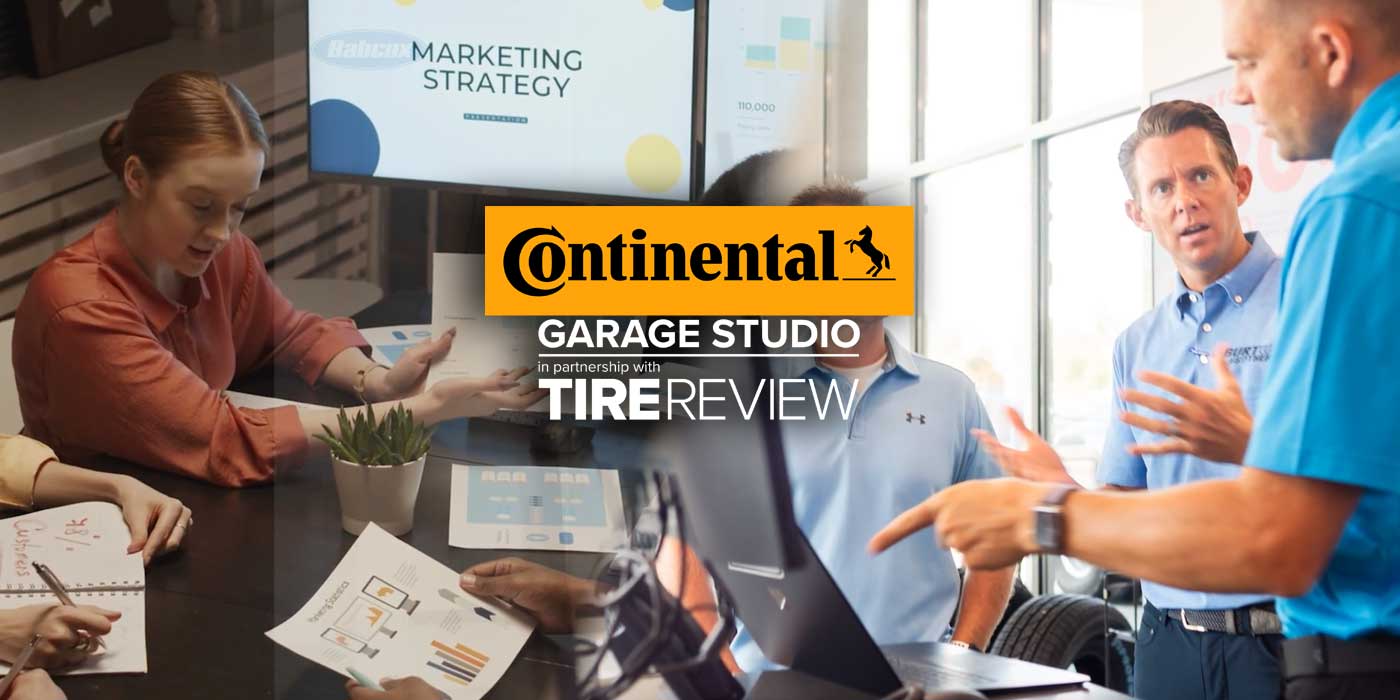Properly repairing a tire puncture requires more than just plugging the hole. To learn the steps for a safe, permanent tire repair, we spoke with Izzy from Tech Tire Repairs. In this video, sponsored by Tech, Izzy outlines the complete process from start to finish, explaining why factors like using a cured rubber stem, patching from the inside, proper hole preparation and sealing are critical.
Transcript from the episode below:
Doug: While a tire plug is useful to perform an emergency repair, it’s important to know that a simple plug should not be considered a permanent repair in tires traveling at highway speeds.
Today we’re joined by Izzy from Tech Tire Repairs who is going to explain what goes into a safe, proper and permanent tire repair. Thank you for joining us, Izzy.
Izzy: Great to be here, Doug.
Doug: So, Izzy. What is a safe and permanent tire repair?
Izzy: According to Tire Industry Association guidelines, to properly repair a puncture in the crown area of a tire, the puncture must be filled with a cured rubber stem and patched from inside the tire with a repair patch.
This type of repair can be done using a one-piece patch plug, or if the angle of the injury exceeds 25 degrees a two-piece stem and patch repair.
Doug: What do you mean by a cured repair?
Izzy: You’ll want to choose a repair that has an uncured layer of cushion gum. When the uncured layer comes in contact with vulcanizing cement a chemical reaction takes place that permanently cures the repair to the tire.
This cross section shows why this is so important. On the left you can see that the injury was filled with a cured rubber stem. On the right, the tire was only patched from inside the tire. This leaves the tire susceptible to moisture and other contaminants that over time could lead to repair failure.
Doug: That is a great example of why a patch or plug should never be used alone. What else should our viewers know about proper tire repair processes?
Izzy: Yes, so the other factor that is extremely important when it comes to a proper repair is how you go about prepping the puncture.
You’ll want to start by using a carbide cutter to remove any damaged belts or cords from inside the injury channel caused by the puncture. Repeat this process from the inside and outside of the tire.
Next, clean and buff the area around the injury using a buffing wheel and low-speed tire buffer to create a smooth and even #1 or #2 buffed texture.
The buffing process ensures that the surface is clean and even, which helps maximize the adhesion of the repair.
Finally, you’ll need to seal the over buffed area with an inner liner sealer. This step helps restore the air retention properties of the tire’s inner liner.
Following this process will ensure a safe, permanent repair that will last the life of the tire.
Doug: Thank you Izzy, for more information on proper tire repair tips and techniques visit techtirerepairs.com
This video is sponsored by Tech Tire Repairs.

